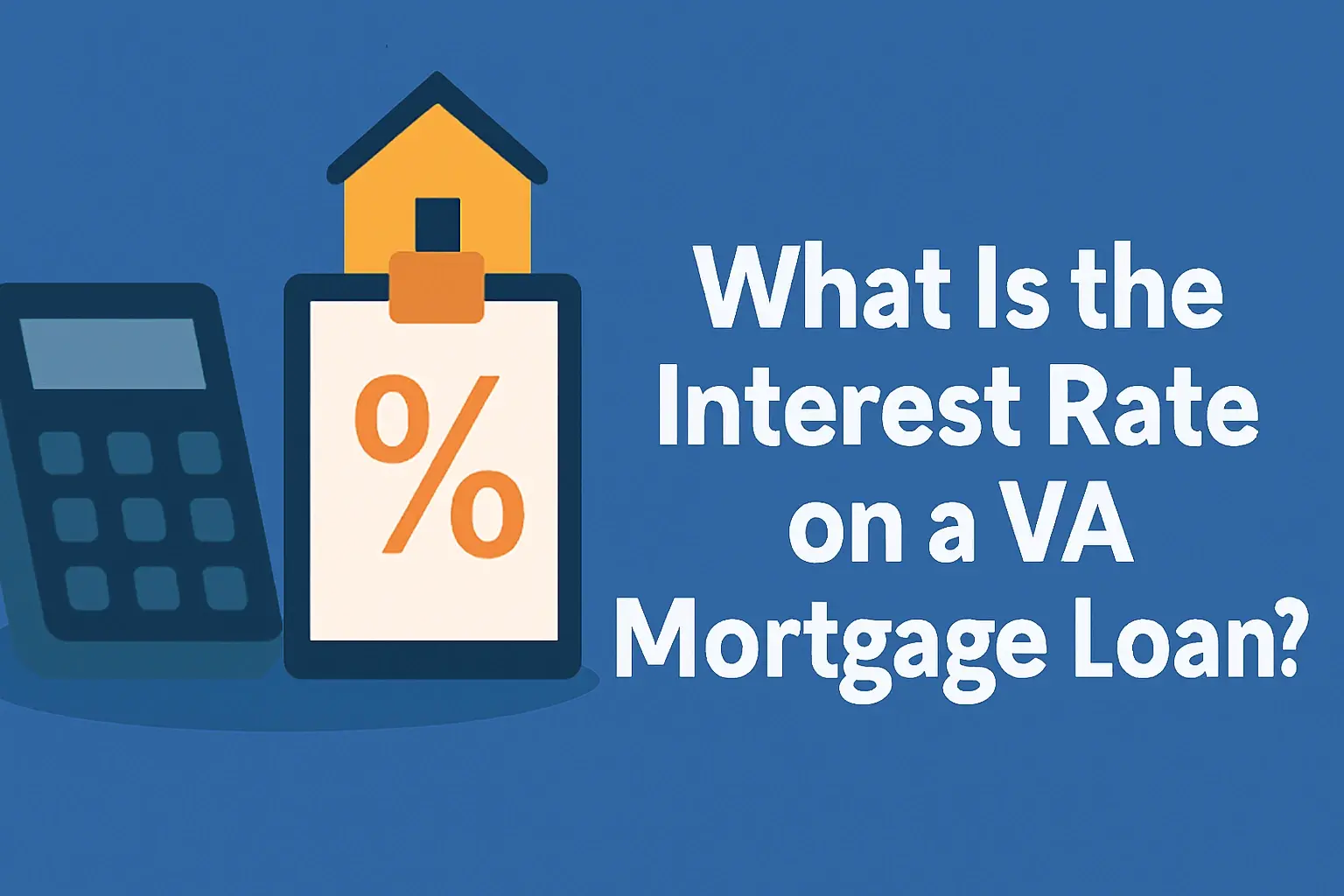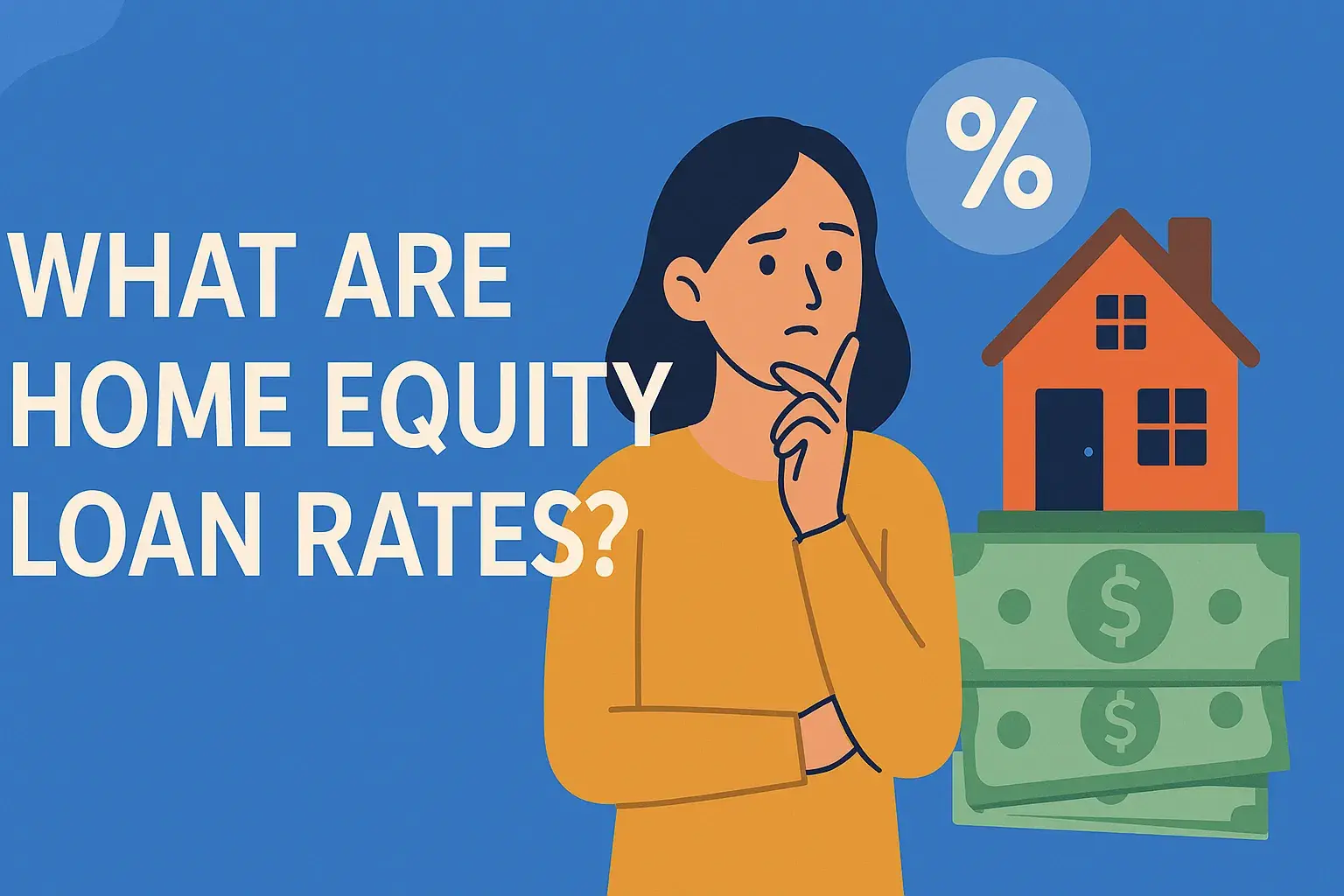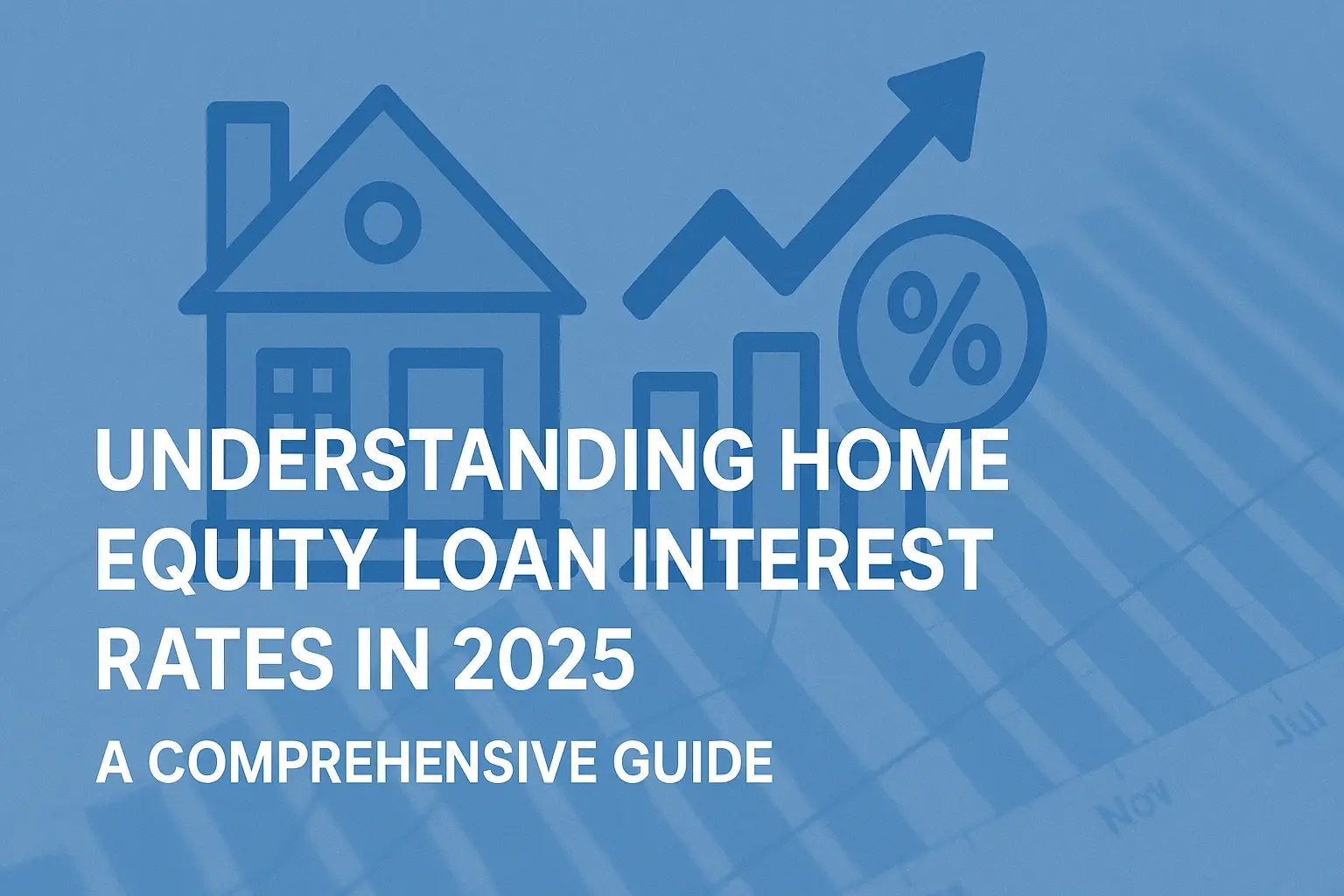-
Posted on: 23 Aug 2024

-
Buying a home is a significant financial decision, and understanding how much you can realistically borrow is a crucial first step. Knowing your potential borrowing power not only helps you target your home search effectively but also prevents the disappointment of falling in love with a property beyond your reach. This comprehensive guide will walk you through the key factors lenders consider when determining your mortgage eligibility, empowering you to confidently navigate the home-buying process.
Key Factors Determining Your Home Loan Eligibility
Lenders assess various aspects of your financial situation to gauge your ability to repay a mortgage. These factors include:
1. Income: Your Stable Foundation
Your income is a primary factor in determining your loan eligibility. Lenders look for stable and verifiable income sources. This typically includes:
- Salary or Wages: Documented through pay stubs, W-2s, and tax returns.
- Self-Employment Income: Requires more extensive documentation, including tax returns, profit and loss statements, and potentially bank statements to verify consistency. Lenders often average your income over the past two years to account for fluctuations.
- Bonus Income: Typically, lenders will average bonus income over the past two years, provided it has been consistently received.
- Investment Income: Income from investments like dividends or rental properties can be considered, but it needs to be reliably documented.
- Alimony or Child Support: Can be considered as income, but requires documentation and proof of consistent receipt.
- Social Security or Disability Income: Acceptable with proper documentation showing continuous and reliable payments.
Lenders will scrutinize your income history to ensure its stability and predictability. Significant income drops or inconsistent employment can negatively impact your eligibility.
2. Debt-to-Income Ratio (DTI): Balancing Act
Your Debt-to-Income Ratio (DTI) is a critical metric that lenders use to assess your ability to manage monthly debt payments. It represents the percentage of your gross monthly income that goes towards paying off your debts. The formula is simple:
DTI = (Total Monthly Debt Payments / Gross Monthly Income) x 100
Total monthly debt payments include:
- Credit card payments
- Student loan payments
- Car loan payments
- Personal loan payments
- Existing mortgage payments (if any)
- Alimony or child support payments
Gross monthly income is your total income before taxes and deductions. Lenders typically prefer a DTI of 43% or lower, although some programs may allow for higher ratios. Lower DTI means you have more disposable income and are better positioned to handle mortgage payments.
Example:
Let's say your gross monthly income is $6,000, and your total monthly debt payments are $2,000.
DTI = ($2,000 / $6,000) x 100 = 33.33%
In this case, your DTI is 33.33%, which is generally considered a favorable ratio.
3. Credit Score: Your Financial Report Card
Your credit score is a numerical representation of your creditworthiness, based on your credit history. It plays a significant role in determining your mortgage eligibility and the interest rate you'll receive. Lenders use credit scores to assess the risk of lending you money.
The most commonly used credit scoring model is FICO (Fair Isaac Corporation). FICO scores range from 300 to 850. Generally, a higher credit score indicates lower risk.
Here's a general guideline for interpreting FICO scores:
- Excellent (800-850): Exceptional credit history. Likely to qualify for the best interest rates.
- Very Good (740-799): Very good credit history. Highly likely to qualify for favorable terms.
- Good (670-739): Good credit history. Generally qualify for mortgages, but may not receive the best interest rates.
- Fair (580-669): Fair credit history. May qualify for mortgages, but with higher interest rates and potentially stricter requirements.
- Poor (300-579): Poor credit history. Difficult to qualify for mortgages, and if approved, interest rates will be significantly higher.
To improve your credit score, consider the following:
- Pay your bills on time.
- Keep your credit card balances low.
- Avoid opening too many new credit accounts at once.
- Check your credit report regularly for errors and dispute any inaccuracies.
4. Down Payment: Your Skin in the Game
The down payment is the amount of money you pay upfront when purchasing a home. It represents your equity in the property. A larger down payment typically results in a lower loan amount, reduced monthly payments, and potentially a lower interest rate. It also reduces the lender's risk.
The required down payment can vary depending on the loan type:
- Conventional Loans: Typically require a down payment of 5% to 20%.
- FHA Loans: Offer lower down payment options, as low as 3.5% for borrowers with credit scores of 580 or higher.
- VA Loans: Available to eligible veterans and active-duty military personnel, often with no down payment required.
- USDA Loans: Available to eligible borrowers in rural areas, often with no down payment required.
A larger down payment can also help you avoid private mortgage insurance (PMI), which is typically required when your down payment is less than 20% of the home's purchase price.
5. Assets: Your Financial Safety Net
Lenders also consider your assets, such as savings accounts, investment accounts, and retirement accounts. These assets demonstrate your financial stability and ability to handle unexpected expenses. Having sufficient assets can increase your chances of approval and may even lead to more favorable loan terms.
Acceptable assets include:
- Savings accounts
- Checking accounts
- Investment accounts (stocks, bonds, mutual funds)
- Retirement accounts (401(k), IRA)
- Cash value of life insurance policies
Lenders typically require documentation to verify your assets, such as bank statements and investment account statements.
6. Employment History: Demonstrating Stability
A stable employment history is viewed favorably by lenders. They prefer to see a consistent work record, ideally with the same employer for at least two years. Frequent job changes or gaps in employment can raise concerns about your ability to repay the loan.
If you have recently changed jobs, be prepared to provide explanations and documentation. Lenders will assess the stability and potential for future income based on your employment history.
7. Interest Rates: The Cost of Borrowing
Interest rates play a crucial role in determining your monthly mortgage payments and the total cost of your loan. Even a small difference in interest rates can have a significant impact over the life of the loan.
Interest rates are influenced by various factors, including:
- The overall economic climate
- The Federal Reserve's monetary policy
- The bond market
- Your credit score
- The loan type
- The loan term
It's essential to shop around and compare interest rates from multiple lenders to ensure you're getting the best possible deal.
How to Estimate Your Home Loan Affordability
While a pre-approval is the most accurate way to determine your loan amount, you can get a rough estimate using the following methods:
1. The 28/36 Rule
The 28/36 rule is a guideline that suggests:
- Your monthly housing costs (including mortgage payment, property taxes, and homeowners insurance) should not exceed 28% of your gross monthly income.
- Your total monthly debt payments (including housing costs and other debts) should not exceed 36% of your gross monthly income.
This is a simplified approach and doesn't account for all individual circumstances, but it can provide a starting point.
2. Online Mortgage Calculators
Numerous online mortgage calculators are available that can help you estimate your loan affordability. These calculators typically require you to input your income, debts, down payment amount, and desired loan term. While useful, remember that these are estimates and may not reflect your actual loan eligibility.
3. Contact a Mortgage Lender for Pre-Approval
The most accurate way to determine how much you can borrow is to get pre-approved for a mortgage. Pre-approval involves submitting your financial information to a lender, who will then evaluate your creditworthiness and provide you with a pre-approval letter stating the maximum loan amount you're likely to qualify for.
The pre-approval process typically involves:
- Completing a mortgage application.
- Providing documentation of your income, assets, and debts (e.g., pay stubs, W-2s, bank statements, credit reports).
- Undergoing a credit check.
Getting pre-approved is highly recommended before you start seriously looking for a home. It gives you a clear understanding of your budget, strengthens your offer when you find a property you like, and can speed up the closing process.
Tips for Maximizing Your Home Loan Qualification
Here are some tips to help you increase your chances of qualifying for a larger home loan:
- Improve your credit score: Pay your bills on time, keep your credit card balances low, and check your credit report for errors.
- Reduce your debt: Pay off high-interest debts, such as credit card balances, to lower your DTI.
- Save for a larger down payment: A larger down payment reduces the loan amount and can help you avoid PMI.
- Increase your income: Explore opportunities to increase your income, such as taking on a second job or asking for a raise.
- Consolidate debt: Consider consolidating high-interest debts into a lower-interest loan to reduce your monthly payments.
- Get your paperwork in order: Gather all necessary documentation, such as pay stubs, tax returns, and bank statements, to streamline the application process.
The Importance of Pre-Approval
We cannot stress enough the importance of getting pre-approved before seriously beginning your house hunt. Besides knowing your budget, a pre-approval demonstrates to sellers that you are a serious and qualified buyer, giving you an edge in competitive markets. It can also expedite the loan process once you have an accepted offer on a property.








